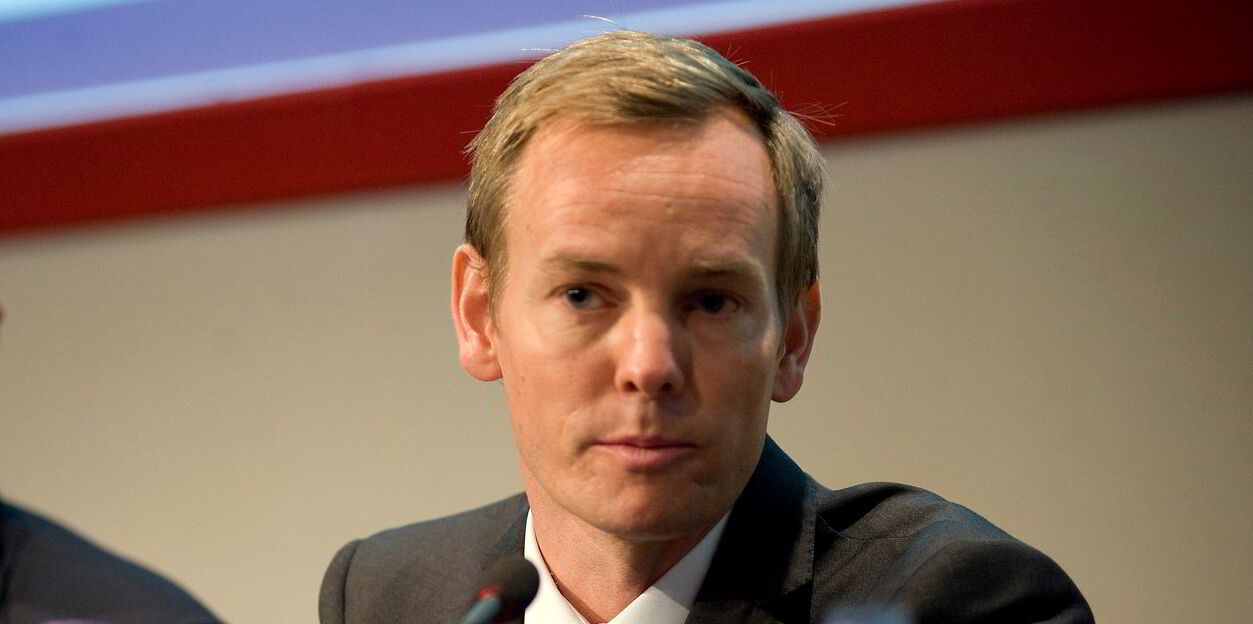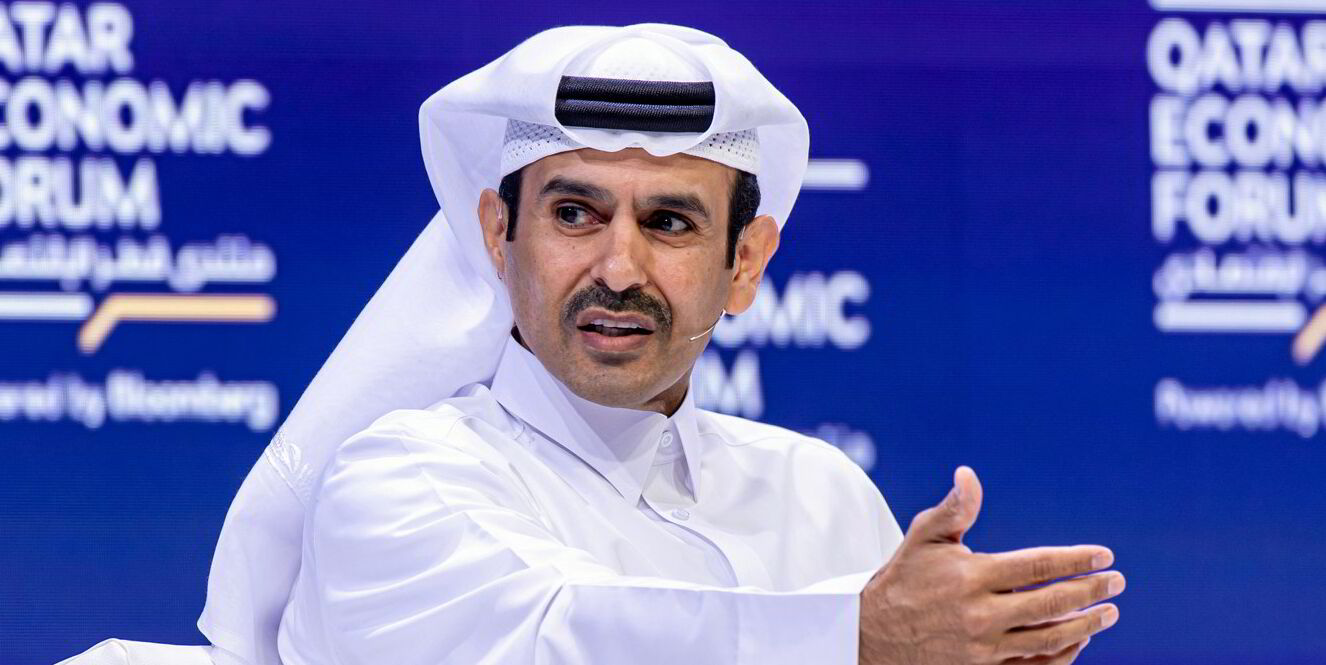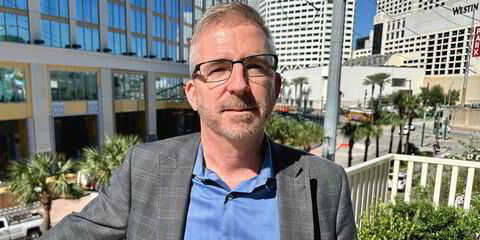US-listed Dynagas LNG Partners is moving into a new phase of its development after paying off a loan with a sale-and-leaseback deal.
In a first-quarter results call, chief executive Tony Laurtizen said: “With newfound financial flexibility, a solid foundation of contracted cash flows, reduced leverage and a broad strategic mission we believe the partnership is in a stable phase and well equipped to explore new opportunities.”
Laurtizen did not respond to requests to elaborate on what the company plans to look at.
On 27 June, Dynagas paid off $675m worth of debt after completing a sale-and-leaseback deal with China Development Bank Financial Leasing Co on four of its six ships.
This covered the 149,700-cbm LNG carriers Clean Energy and Ob River (both built 2007), Amur River (built 2008) and 155,000-cbm Arctic Aurora (built 2013) — for up to $345m.
Dynagas said that on 27 June it used these $345m of proceeds and its own funds to repay in full the $408m of outstanding debt from its $675m credit facility before its maturity in September 2024.
Chief financial officer Michael Gregos said Dynagas is “extremely pleased” with its refinancing.
He said the company’s total outstanding debt is now $345m, a reduction of $75m on the previous quarter, and is expected to be reduced further.
Gregos said two of Dynagas LNG’s six LNG carriers are now debt-free.
The CFO said that the cash breakeven on its LNG fleet following the sale and leaseback is $49,607 per day, compared to a net contracted rate of $71,380 per day.
He said the main objective moving forward is to focus on the utilisation of free cash flow.
Chief executive Tony Lauritzen said Dynagas has cut its debt from $675m in September 2019.
He said the commercial strategy for the company is to secure long-term charters with energy companies.
Lauritzen said the company’s first available ships for charter will be in 2028.
He said Dynagas anticipates that the long-term demand for LNG will remain strong and believes its fleet is well-positioned for this demand.
“In the medium to long term, we anticipate the current orderbook will be absorbed through the replacement of ageing vessels and the global need to transport future incremental LNG production,” he said.






